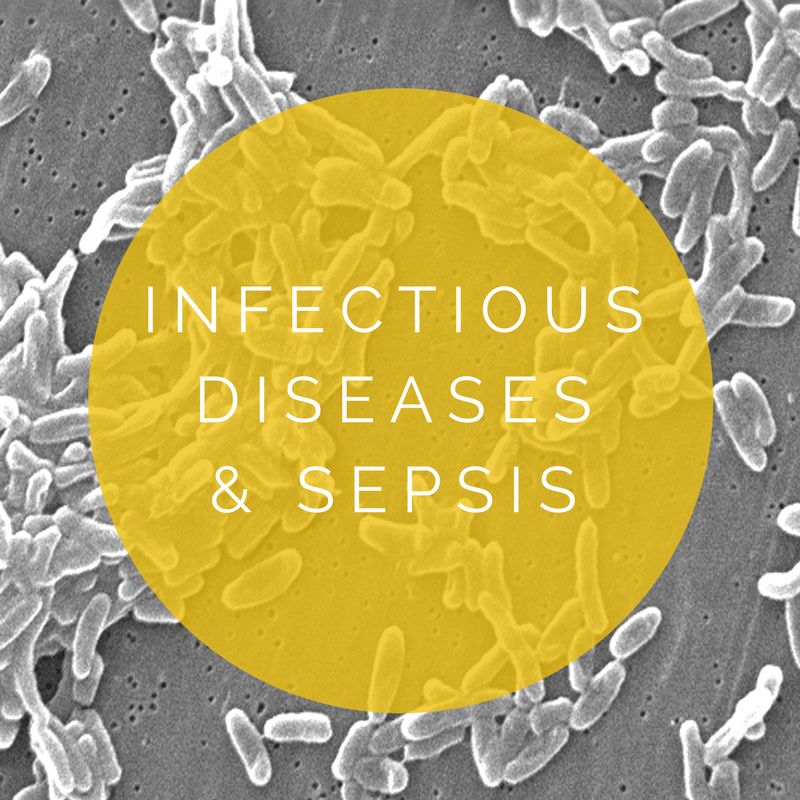Plastics
Aims For The Week
Perform a comprehensive hand examination
Discuss the management of bite injuries
Recognise and describe the management of flexor tendon sheath infections
Describe the management of wrist wounds
Explain the initial management of major burns
Describe burns and implement surface area calculations
Initiate the immediate management of minor burns
Recognise and assess significant skin lesions
Describe complex wound suturing techniques
Discuss the management of nailbed injuries and complaints.
What do we see?
Hand and wrist injuries are common presentations to the emergency department – be it through deliberate self-harm or through accidental means. Nailbed injuries and skin lesions are seen daily in the minors department. Burn victims are not uncommon to find in resus. We also see plenty of trauma that involves having an adequate and timely suturing technique.
HAnd examination
Hand injuries are a common presenting problem in emergency departments. Accurate evaluation and treatment are essential to prevent short and long-term dysfunction. Typically, plastic surgeons are interested in dealing with injuries distal to the carpal bones.
hand injuries
Hand injuries account for 5-10% of attendances to EDs in the UK. So here are some hand-y guides to managing hand and digit injuries and knowing when to refer to the plastics team.
Bites
Bite injuries to the hand be it from a fight-bite or from animals, particularly cats and dogs, often present to the ED. Though they may seem benign, these can lead to devastating infections and adverse consequences for hand function, if not managed with care.
Wrist wounds
Wounds to the wrist, be it through deliberate self-harm or unintentional must be treated promptly in order to maintain normal hand function. We must also consider the devastating psychological impact of these wounds for our patients.
Major burns
It is a widely accepted fact that severe fluid loss is the greatest problem faced following major burn injuries and appropriate fluid management directly improves the survival rates of burn patients. Therefore, this is one of the cornerstones of modern burn treatment that should be initiated in the ED.
Corrosive substance attacks are on the increase, as reflected in the media. A helpful resource has been produced by our colleagues at St Emlyn’s.
As we are all aware ‘children are not small adults’ and, therefore, our approach and care toward this population differs. Please refer to this helpful document on how to manage burns in these patients.
Electrical burns can be misleading in their depth. Why not increase your depth of knowledge on them with this RCEM tutorial?
Remember, remember….exam fodder on burn’s
BURN SURFACE AREA
The extent of a burn is expressed as the percentage of the body surface area affected, total burn surface area (TBSA). There are several standard methods for estimating TBSA:
The Rule of Palm assumes that the palm (including the fingers) of the person who is burned is about 1% of the body.
Lund and Browder
Rule of 9's
Wikipedia Creative Commons
SKIN LESIONS
Patients often present to the emergency department with skin lesions that concern them, either due to their unusual appearance or the rate at which they have grown. It is important to recognize the more sinister of these lesions and refer for assessment with potential removal. Plastic surgeons specialise in removing skin lesions, both cancerous and non-cancerous.
Malignant Melanoma
Squamous Cel Carcinoma
CARE OF COMPLEX WOUNDS
Timely referral to plastic surgeons is essential as they play an important role in the treatment of complex wounds by adopting early surgical treatment and contributing to the effective resolution of cases.
Nail injuries
Handy guides to rapidly relieving the pain from these well known injuries.
Subungual Haematoma


























